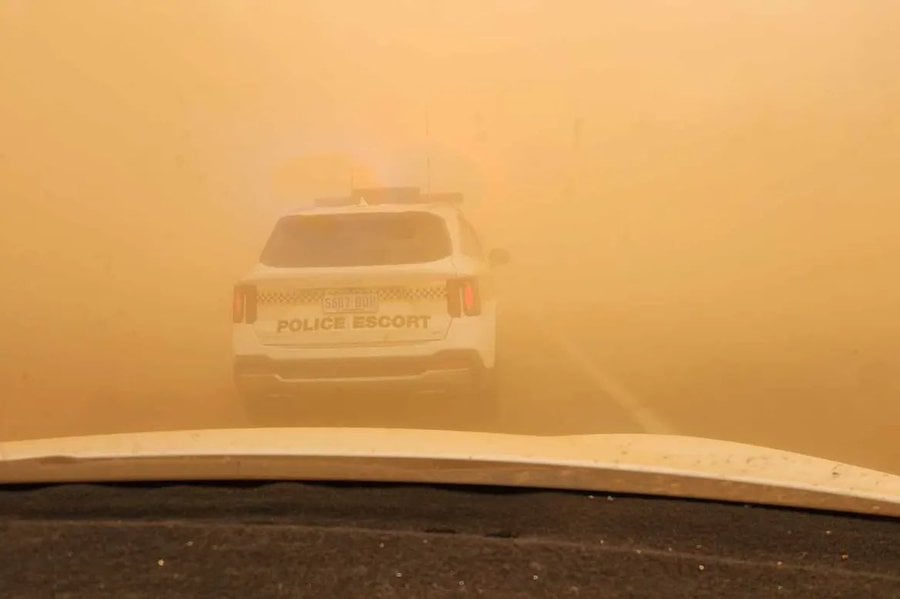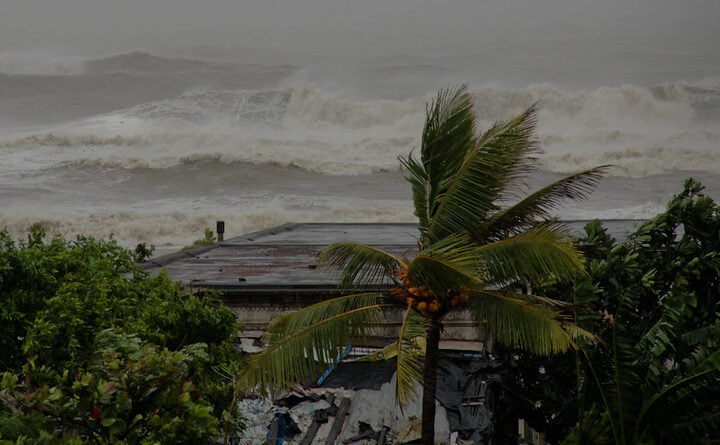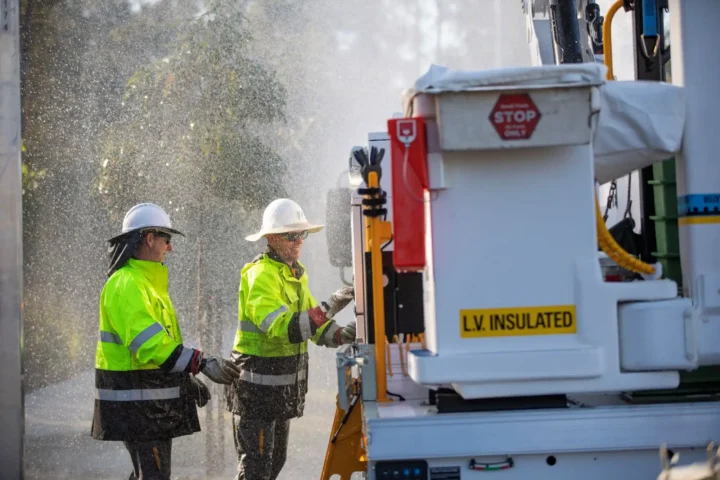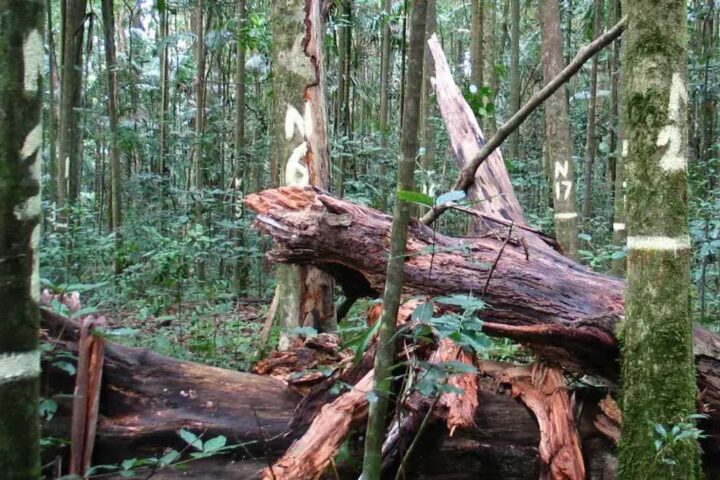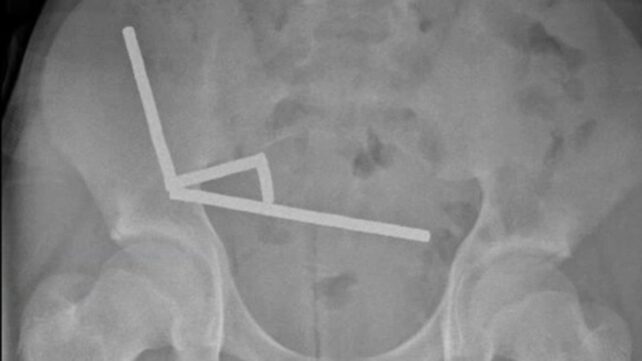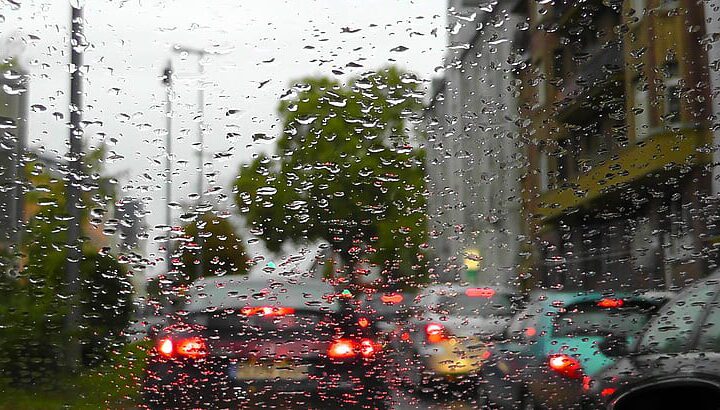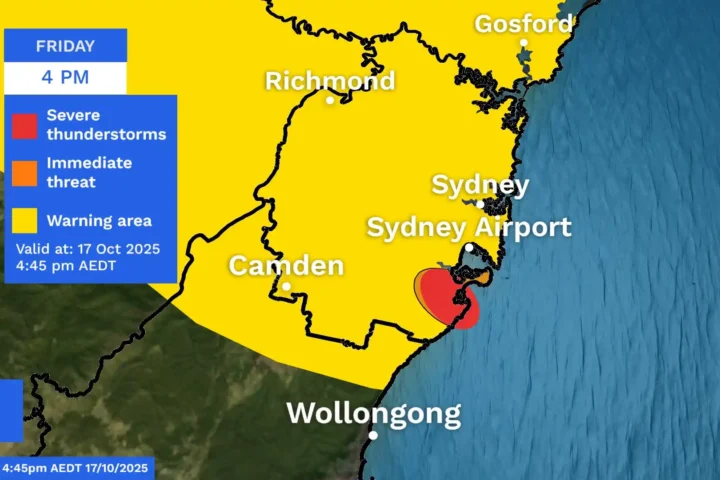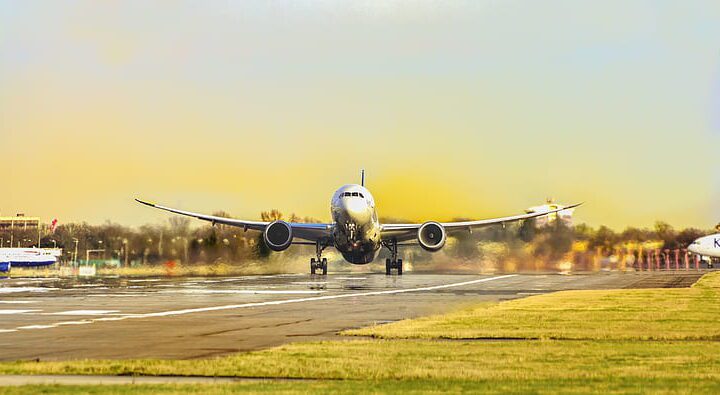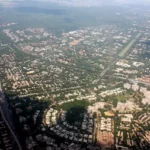A massive dust storm hit Sydney and large parts of New South Wales on Tuesday, May 27, 2025, turning the sky a strange yellow-brown color and making it hard to breathe for many residents.
The dust came from drought-hit areas in South Australia and western Victoria. Strong westerly winds from a powerful cold front, with gusts up to 70km/h, carried the dust eastward across hundreds of kilometers.
“The dust kept moving, affecting Canberra and the Southern and Central Tablelands,” said Jiwon Park from the Bureau of Meteorology. “It’s odd because our area has been quite wet lately, but this dust still managed to reach all the way to Sydney.”
Dangerous Air Quality Levels
Air quality in Sydney quickly dropped to “extremely poor” levels. Monitors measuring PM10 (tiny dust particles that can enter your lungs) showed readings above 600 in several areas. Prospect hit 693.3, while the Illawarra region recorded an alarming 903.2.
To understand how bad this is: Delhi, known for its pollution problems, usually sits around 107.
NSW Health urged people to stay inside, especially those with breathing problems like asthma. They warned the dust particles can “cause difficulty breathing, worsen asthma or bronchitis, and irritate eyes, nose and throat.”
Similar Posts
City Shrouded in Dust
The thick haze cut visibility down to just 300 meters in some places. Drivers faced dangerous conditions, and ferry services on Sydney Harbour stopped running for safety reasons.
The NSW Rural Fire Service explained: “Dust and airborne particles from severe drought in other states are being blown across south-east Australia by intense storms.”
Rare Autumn Dust Event
Weather experts pointed out that such large dust storms usually happen in summer, not late autumn. The event highlights the severe drought in South Australia, which has received only 21% of its normal yearly rainfall.
Towns like Orroroo in South Australia and Mildura in Victoria saw the worst of the dust as the storm first formed.
How to Stay Safe
Health officials recommend:
- Stay inside
- Keep windows and doors shut
- Use a damp cloth over your nose and mouth if you must go outside
- Don’t exercise outdoors
- Watch for breathing problems
- Call HealthDirect (1800 022 222) if you develop symptoms
- In emergencies, call 000
Weather forecasters expect the dust to clear as winds push it out to sea, with air quality likely improving by Wednesday.
